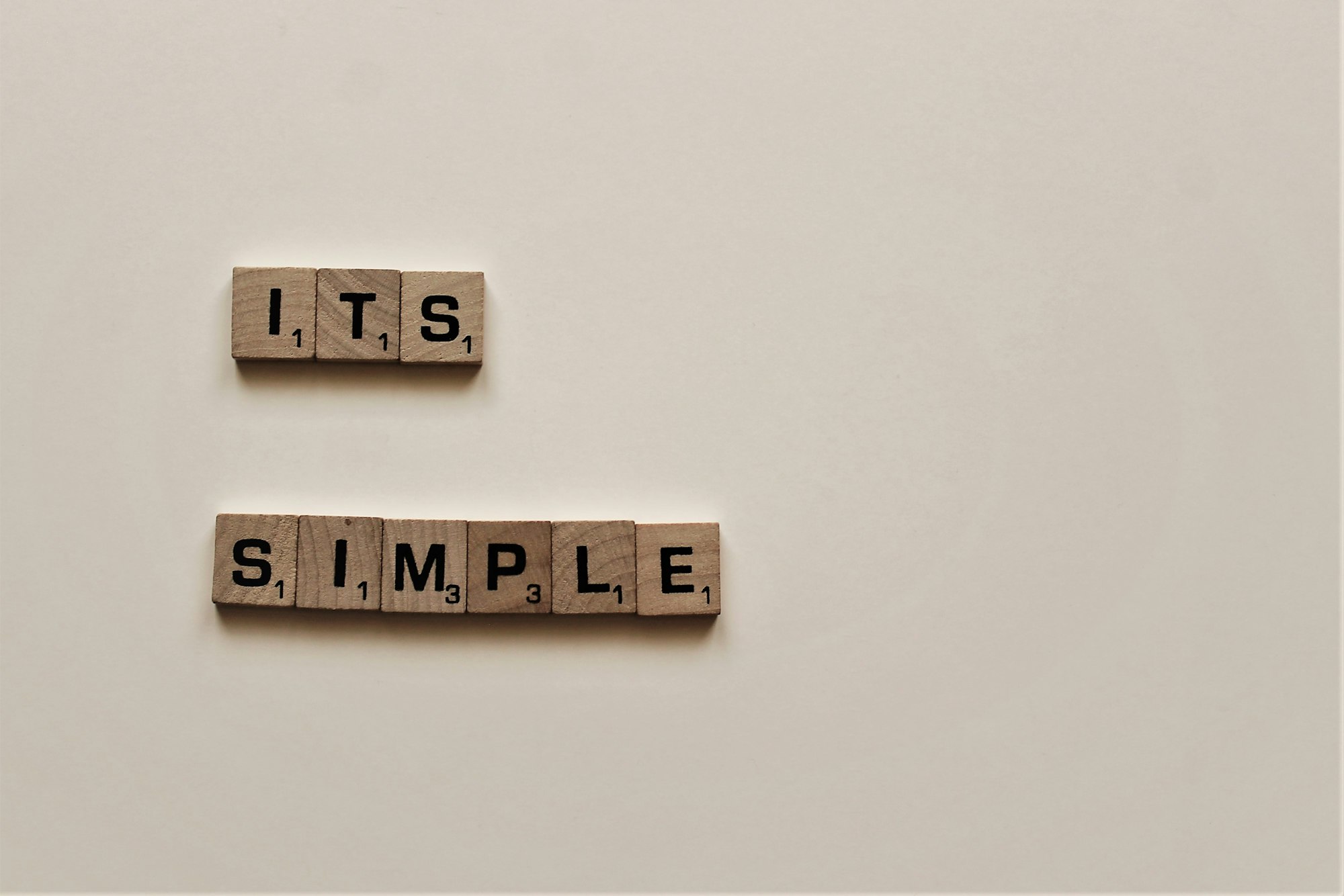
As the owner of a small business, you must have invested capital in your business. Over time, and several thousand transactions later, you’ve undoubtedly wondered - how much of your business is currently financed by you, and not because of any external liabilities, including the money you owe to the creditors?
Usually, it’s easy to find these numbers if you have a look at your balance sheet. If you understand balance sheets, you know that part of what a balance sheet shows is the amount invested by you in your business, which is tracked over a period of time to include your drawings, your share of the past profits and losses, and the salary you drew over the course of your business.
Let’s dive in a bit more to find out precisely what these terms mean, and have a look at how you can calculate your equity, without having to rely on your accountant.
Owner’s Equity - What it is, and What it isn’t
If you simply search for what owner’s equity means on the internet, you’re likely to find some verbose definition, something along the lines of - owner’s equity is the residual claim of an owner on the business, which represents the owner’s investments after netting of Salaries or draws and net profits or losses due to them over a period of time.Now, if you understood what it means, on the first go, props to you. But if you didn’t, like most of us, here’s what it means:
When you first start investing money in your business, that investment, over time, will fetch you returns, which, unless you withdraw from your business intentionally, is added on to your original funds.
These returns may be in the form of profits or losses, as the case may be, and will increase/decrease the original investment made into the business. Considering that you haven’t taken any money from the business for your personal use, or haven’t drawn any salary/profits away from the business, this amount represents the total stake you hold in your business. We’ll go into detail about what drawings and salaries are a bit later into this post.
If you noticed, the owner’s equity is defined as a residual claim, and not the primary claim in your business. A residual claim implies that, in case, your business was to shut down immediately, and the process of realization of assets(i.e., selling of your assets) began:
- The first claim (the primary claim) would go towards settling the debt of external creditors, and
- Whatever remains (if any) would be used to settle the owner’s equity, thus categorized as a residual claim.
Differences From Drawings/Salary
As mentioned earlier, equity would comprise initial investments and profits/losses over time, in a hypothetical world void of transactions like drawings and owner’s salary.
Drawings are the sums of money the proprietor/owner of a business takes away from the business for personal use. Depending on the nature of such withdrawals, drawings can be categorized to be of two types.
- Drawings in anticipation of future profits/ or drawings from past profits
As mentioned earlier, equity is categorized into:
- The initial investment, and
- Profits.
An owner may take money from past profits (taking the profits out of their business), or in anticipation of future profits (for instance, the owner knows they’ll have $90,000 as profits for this year, so they take out $7,500 every month to meet personal expenses).
- Capital Withdrawal
When the owner decides they have excess money invested in the business, they may choose to withdraw that excess, and run the business with a smaller investment. In other words - they are withdrawing the investments and not the returns.
Irrespective of what type of drawings are made, they ultimately reduce working capital and thus should be taken into account before calculating owner’s equity.
There is another similar concept to drawings, called the owner’s salary, using which the owner may choose to compensate himself for the effort of running the business. Regardless of the name, it is treated the same way as drawings in anticipation of profits in all aspects.
How To Calculate Owner’s Equity

If you are a small business and didn’t take proper accounting measures, it’s possible that you may not know precisely how much of the business’ money you withdrew for personal use over time. Even if you did, it could take a lot of time to pull up the figures to calculate equity in the old fashioned way.
However, if you’re just starting out, or have all the figures at your disposal, use this simple formula to calculate your equity:
Initial investment
- Additional investments
- Profits of various years
- Losses of Various years
- Drawings/Salaries
------------------------------
Owner’s Equity
------------------------------
However, there’s a much easier way to calculate the owner’s equity, without having to rely on past data. All you need to know is the sum of all the assets of your business (including funds receivable) and the total external liabilities of your business. The liabilities may be in the form of term loans, long term payables, or it may also be current liabilities, such as credit received for purchasing goods, or financing plans for office equipment, salaries payable, etc. If you have these details, the owner’s equity can be calculated as follows:
Total Assets
- Total External Liabilities
------------------------------
Owner’s Equity
------------------------------
To Conclude
Knowledge of the funds invested in your business and the amounts the business has to fund its operations are essential factors in making several business decisions. Primarily, they will help you determine if you need additional funds, or if you can afford to withdraw money from the business.
Deskera offers solutions, such as our all-in-one business plan, which will enable you to extract the maximum value possible from your financial data, while sparing you from the technical nuances and the years of training required to understand accounting principles properly.
If you have any queries regarding how we can help, feel free to contact us. If you’re looking for additional information regarding accounting principles - such as the difference between cash accounting and accrual accounting, or small business solutions, do consider subscribing to our newsletter. And maybe check out our bookkeeping basics for entrepreneurs.









